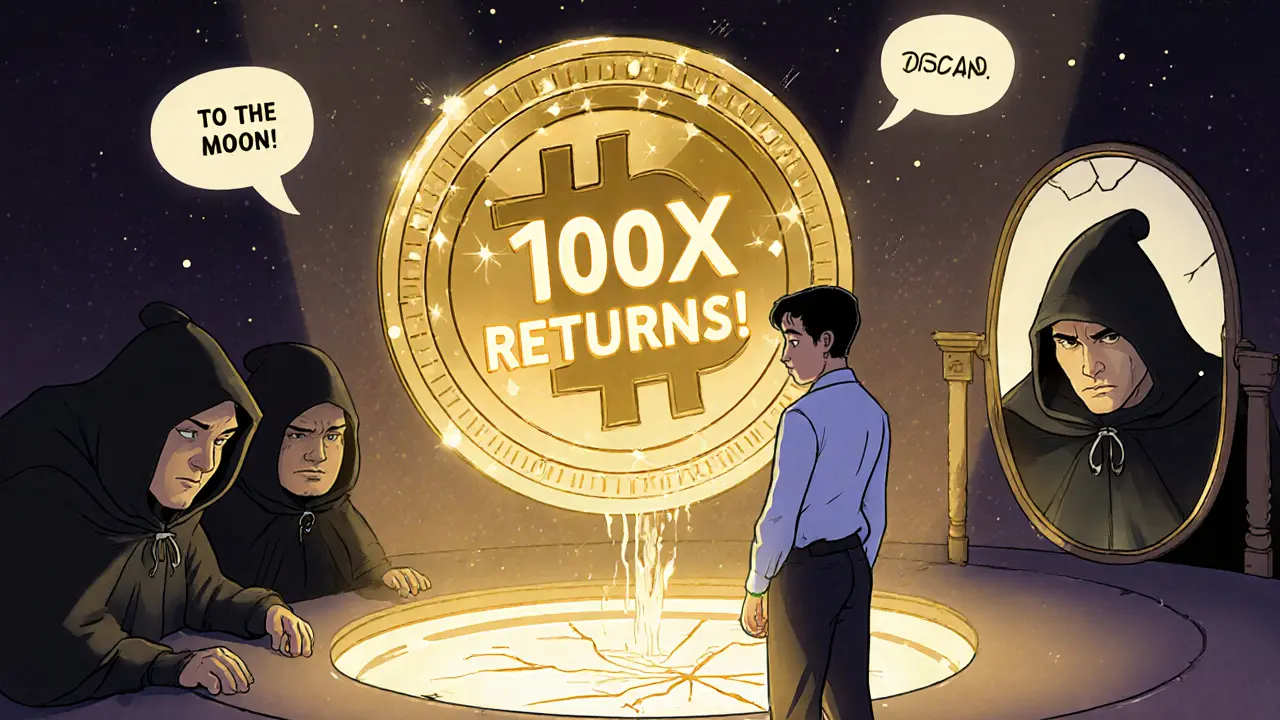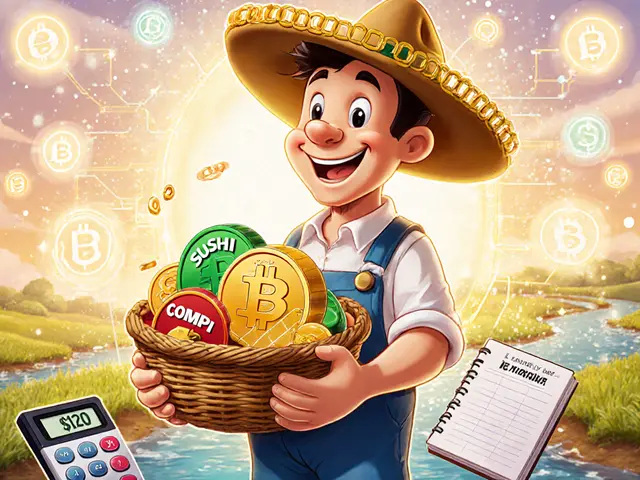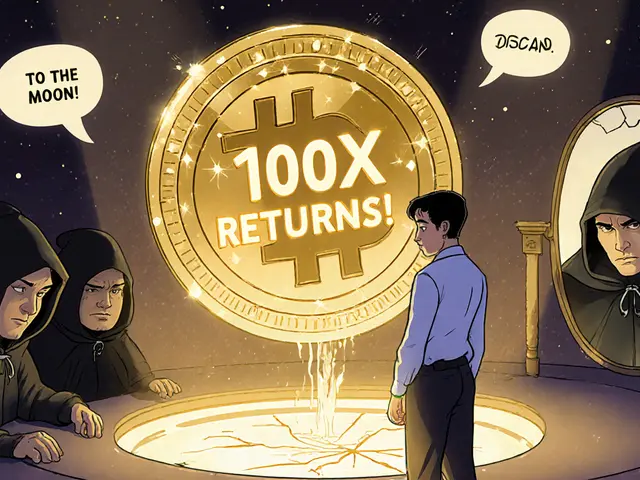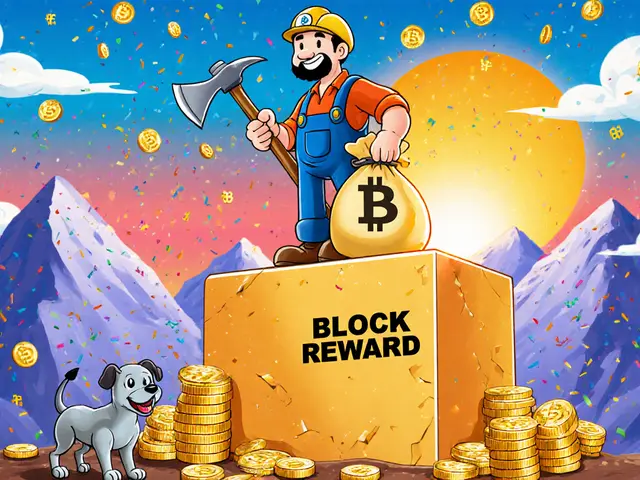Learn how to spot rug pull red flags in crypto projects before you invest. Key signs include anonymous teams, fake audits, locked liquidity, and unrealistic returns. Protect your funds with smart research.
Token Rug Pull: How to Spot and Avoid Crypto Scams
When a token rug pull, a deceptive exit scam where developers abandon a cryptocurrency project and drain all liquidity. Also known as a liquidity drain, it’s one of the most common ways investors lose money in crypto. It doesn’t always look like a crime. Often, it starts with a flashy website, a hype-filled Twitter thread, and a promise of 100x returns. Then, overnight, the trading pair disappears, the devs vanish, and your tokens turn into digital dust.
Most rug pulls happen in DeFi tokens, crypto assets built on decentralized finance protocols that often lack regulation and oversight. Projects like Daisy Launch Pad (DAISY) and Elemon (ELMON) started with airdrops and community buzz, but ended with zero volume and no updates. These aren’t outliers—they’re textbook cases. The same pattern shows up in fake airdrops too. You’ll see posts claiming "CoinMarketCap is giving away WMX tokens" or "Vodra is running a VDR giveaway." But if there’s no official announcement, no verifiable contract address, and no team info, it’s likely a trap. Crypto scam, any scheme designed to trick people into sending funds or revealing private keys thrives on urgency and FOMO. Scammers don’t need to hack your wallet—they just need you to click "Connect Wallet" on a fake site.
Real projects don’t hide. They publish audits, show team members, and update their roadmaps. If a token’s liquidity is locked for less than a year, or if the dev wallet holds more than 20% of supply, run. Look at Baryon Network—it had a clean interface but zero liquidity and no users. That’s not innovation, that’s a ghost town. Or take TokenBot (TKB/CLANKER): people thought it had a CoinMarketCap airdrop, but there was never an official one. Scammers copy names, logos, and even partner names to look legit. The only way to protect yourself is to ask: Who’s behind this? Where’s the code? Is anyone actually using it? And most importantly—why is this token worth anything at all?
The posts below dive into real cases of failed tokens, fake airdrops, and inactive exchanges. You’ll see how DAISY, ELMON, and Baryon Network collapsed. You’ll learn why some "airdrops" are just phishing traps. And you’ll find out how to check a token’s on-chain activity before you invest. No fluff. No hype. Just what actually happened—and how to avoid it next time.





